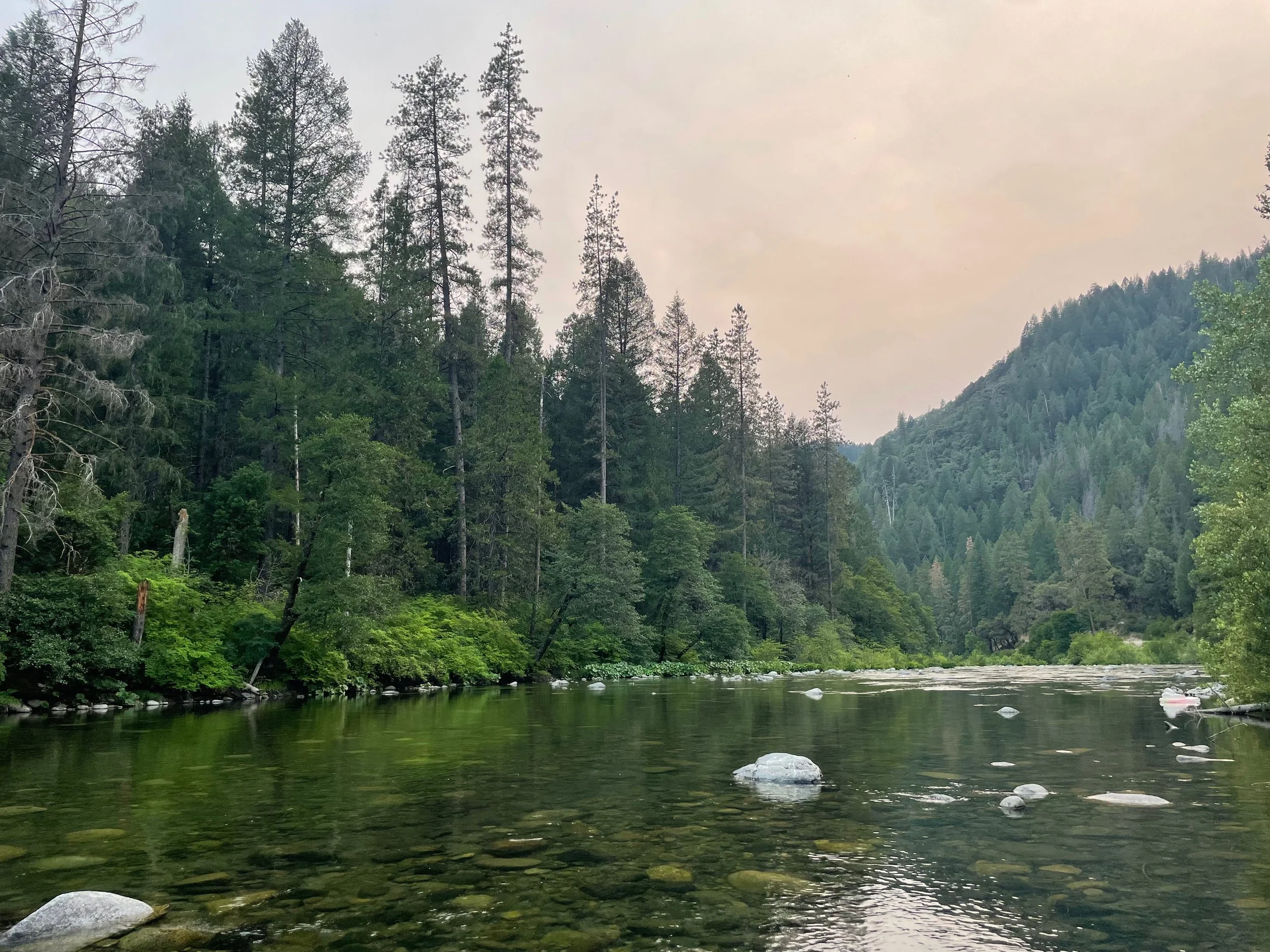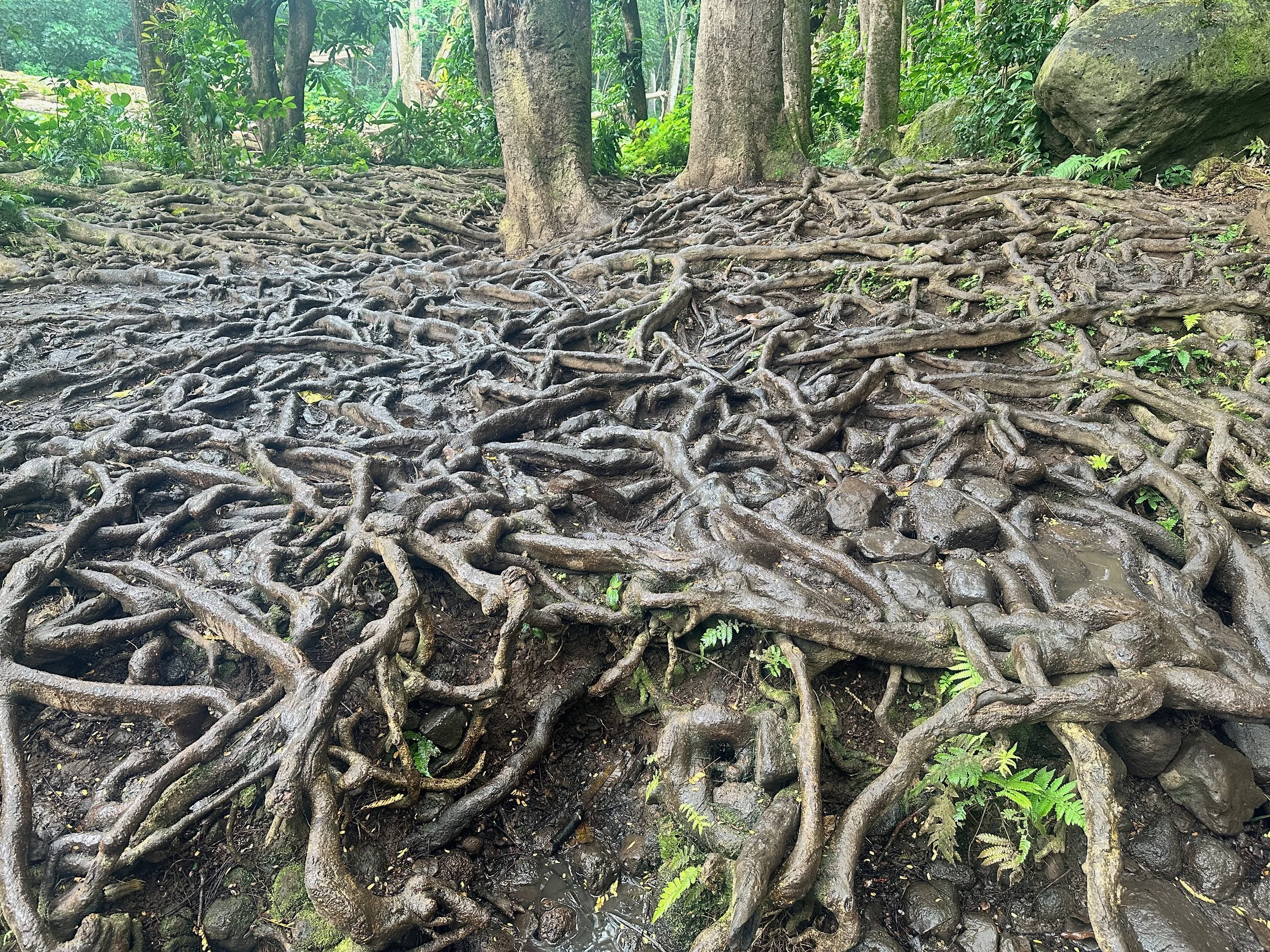My approach is holistic and integrative.
I use my diverse background and multi-disciplinary training to meet you where you’re at with collaboration, engagement, and warmth.
Some issues I frequently support:
PTSD and Complex Trauma
Depression and Anxiety
Perinatal and maternal mental health
Cultural/racial identity issues
Burnout and fatigue
Creative blocks
Attentional and productivity challenges
Search for meaning and purpose
Making sense of Neurodiversity
Modalities I draw from:
Internal Family Systems: IFS is a gentle and non-pathologizing approach that can assist in developing a place of internal curiosity, clarity, and calm. From this steady, secure seat inside of yourself, we work to help you connect with and learn from the more challenging aspects of your experience— showing up as protective and wounded "parts." As happens in external families, when we offer connection and care towards our internal families, understanding and tolerance grows and healing begins to take place.
EMDR (Eye Movement Desensitization and Reprocessing): EMDR is a form of trauma treatment that taps into our brain’s innate capacity to make new connections and generate new beliefs about ourselves and our safety in the world. EMDR can be a powerful adjunct to ongoing relational psychotherapy, or can be utilized on its own to target symptoms of depression, anxiety, panic, and PTSD.
Somatic work: Our bodies hold powerful information that our conscious minds might not even be aware of. By bringing attention to our body sensations (such as a tight chest, constriction in the abdomen, tension in the face/neck) and listening to the communications that these sensations offer us, we grow able to be with ourselves in new ways so that revisions of stuck patterns can unfold.
Attachment and Psychodynamic: Our models for relationships are born from our early experiences. We might find ourselves overwhelmed, upset, and confused by what comes up in our adult relationships— and we can often trace that back to our early experiences. Within in the safety and trust of a therapy relationship, it’s possible to find ways to rebuild the crumbly places inside and to learn new ways to relate to ourselves and one another.
Creativity and the Arts: There are places inside of us that words can’t reach. Sometimes ideas come to us in images or textures we need help accessing and expressing, and sometimes we can’t even find our ideas at all. Following a color or a line on paper can lead us towards discoveries that are beyond words. I always have art materials on hand for spontaneous use during sessions.
Strengths-based: It’s so easy to get stuck in loops around what isn’t working in our lives— and hard to see the places inside of us where levity, hope, and space await us. Often a different take on our interpretation of something or awareness of an aspect of experience that we hadn’t seen before can propel new growth and discovery. I enjoy helping my clients find what IS working, and to figure out how to do more of it.

